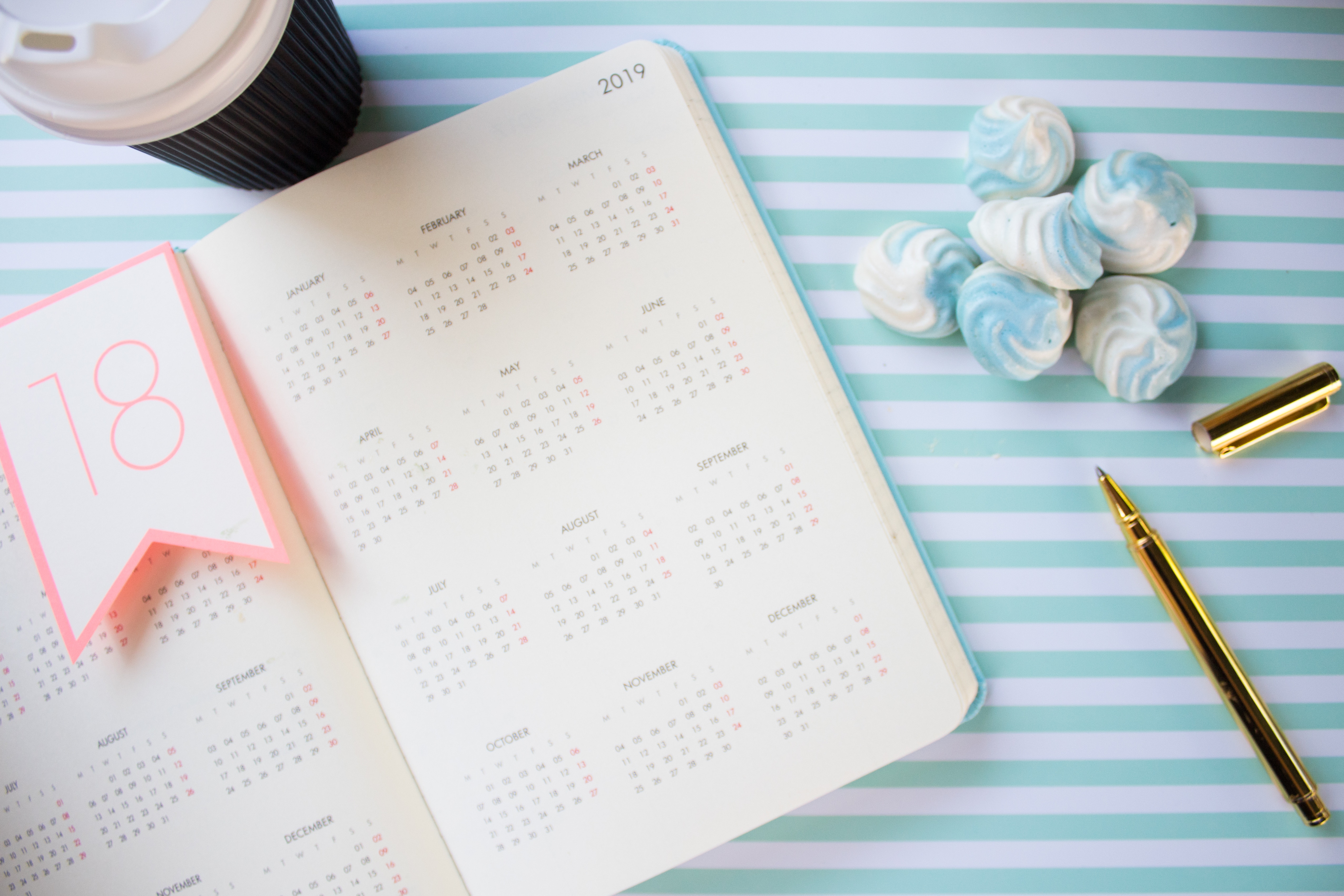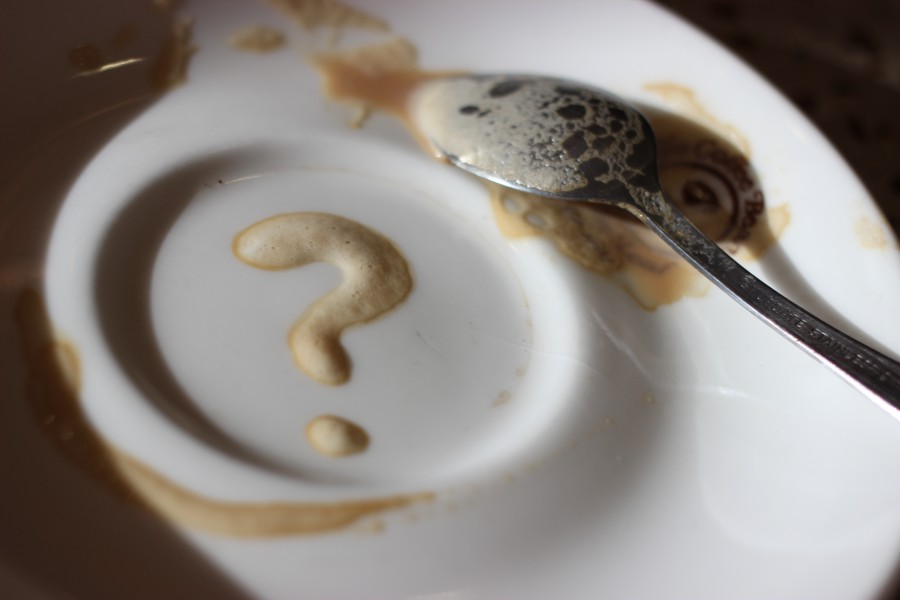An Ode to the Content Calendar
I won’t beat around the bush: I love my content calendar. It is so perfectly neat, organized and just generally amazing. I would be drowning in a sea of content without it....
Filter by Category

I won’t beat around the bush: I love my content calendar. It is so perfectly neat, organized and just generally amazing. I would be drowning in a sea of content without it....
Posted by Weslie Oeftering

As I discussed in my predictions of 2019’s biggest PR trends, PR and marketing are becoming increasingly integrated. “Integrated,” however, does not mean that PR and...
Posted by Weslie Oeftering

Congratulations! After hours of perfecting your resume, scouring the web for job opportunities, writing cover letters, taking AP Style assessments and talking to people on the...
Posted by Weslie Oeftering

According to a new study from Edelman, social media is the medium that most consumers say they can’t live without. As a result, social media’s importance in a business’s marketing...
Posted by Weslie Oeftering

In my post from earlier this year, What is PR, Anyway?, I go over the very basics of what PR is. I highly recommend checking it out if this is your first time here at PR Over...
Posted by Weslie Oeftering

When pitching the press, it’s common for PR pros to run into news embargoes. While there is some debate about whether or not embargoes are dying, they are by no means completely...
Posted by Weslie Oeftering

It’s true that the more you write, the better you get at it. It is equally true, however, that no matter how talented you are, most copy is edited multiple times before it is ever...
Posted by Weslie Oeftering

Call me bias, but PR is the most important marketing tool. Unfortunately, it is also one of the most underutilized. Why? PR professionals are focusing too much on telling people...
Posted by Weslie Oeftering

In the beginnings of PR, pitching to the media was all about getting the journalist you wanted to speak to on the phone. In the 1940s, landlines were our best form of...
Posted by Weslie Oeftering

Here’s the thing: PR professionals are only as good as their clients are willing. A PR firm and its client are a team that works together. The more a client is unenthusiastic,...
Posted by Weslie Oeftering

I won’t beat around the bush: I love my content calendar. It is so perfectly neat, organized and just generally amazing.
I would be drowning in a sea of content without it. Contrary to popular belief, most bloggers don’t write something and immediately post it.
Many bloggers write, edit, and then schedule blogs to be posted at a later date. In other words, they develop a repository of posts. That way, if they need to miss a week, the blog stays on track.
This organized approach keeps your SEO ranking high by making it easy for you to post consistently, using relevant keywords, and creating valuable content. What’s more, it’s a great way to ensure you’ve given yourself enough time to write a great blog without feeling rushed to meet a deadline, and possibly making mistakes along the way.
This writing, editing and scheduling process leaves a lot up in the air, though.
For example, at any given time, I have about 20 posts in my repository. Some of them are ready to go, some of them still need edits, some are still being written, and some of them are just ideas.
What am I writing this week? What am I posting this week? Have I edited my draft from last week yet? Which posts have I already shared on LinkedIn? What about Facebook?
I and probably every other blogger who has ever lived cannot possibly keep track of all this information in our heads.
Enter: the content calendar.
I would be lost without it. PR Over Coffee would lose readership, and you would have to look elsewhere for information about the right time to add gifs to your content and other helpful tips.
Every single blogger needs a content calendar for this exact reason. Without it, the content will pile up and you’ll dread writing anything else for fear of adding to all the confusion.
Unless your blog is already operating on a high-level, you shouldn’t have to spend money on a content calendar application for your blog.
All you’ll need is some fancy software from one of the biggest companies in the world.
That’s right, I’m talking Google Sheets!
An ultra-organized, multi-paged, labeled, hyperlinked, and color-coded Google Sheet.
In other words, it took a little work to get my content calendar into tip-top shape but it was so worth the hassle. Allow me to walk you through my content calendar to give you an idea of its basic structure.
My weekly posting calendar is the most important part of the Google Sheet. Once I finish writing and editing a post, this is where I schedule it in so I know where I post it that week.
It has seven columns (A – F):
The content repository is where I keep a list of all the blogs that have been edited but not posted.
It has six columns (A – D):
The title says it all. This is the sheet where I keep track of all the blogs that I have already posted. Once I post a blog, I remove it from the Completed Blogs sheet and move it here.
Sheet 3 has four columns:
This sheet is the simplest. It is where I keep all my ideas for future blog posts
Sheet 4 has two columns:
That’s it. That’s the layout of my content calendar. If you are looking for an easy to use and free alternative to a pricey content calendar, then I can’t recommend it enough.

Small businesses and PR are like Oil & Vinegar. They can be at odds, tasting acidic and unctuous without accomplishing anything special; or they can be vigorously combined and...

Working with a PR firm can be an exhilarating time for a company (or nonprofit). PR can put you in the public eye like no other marketing activity. Indeed, your first time on...